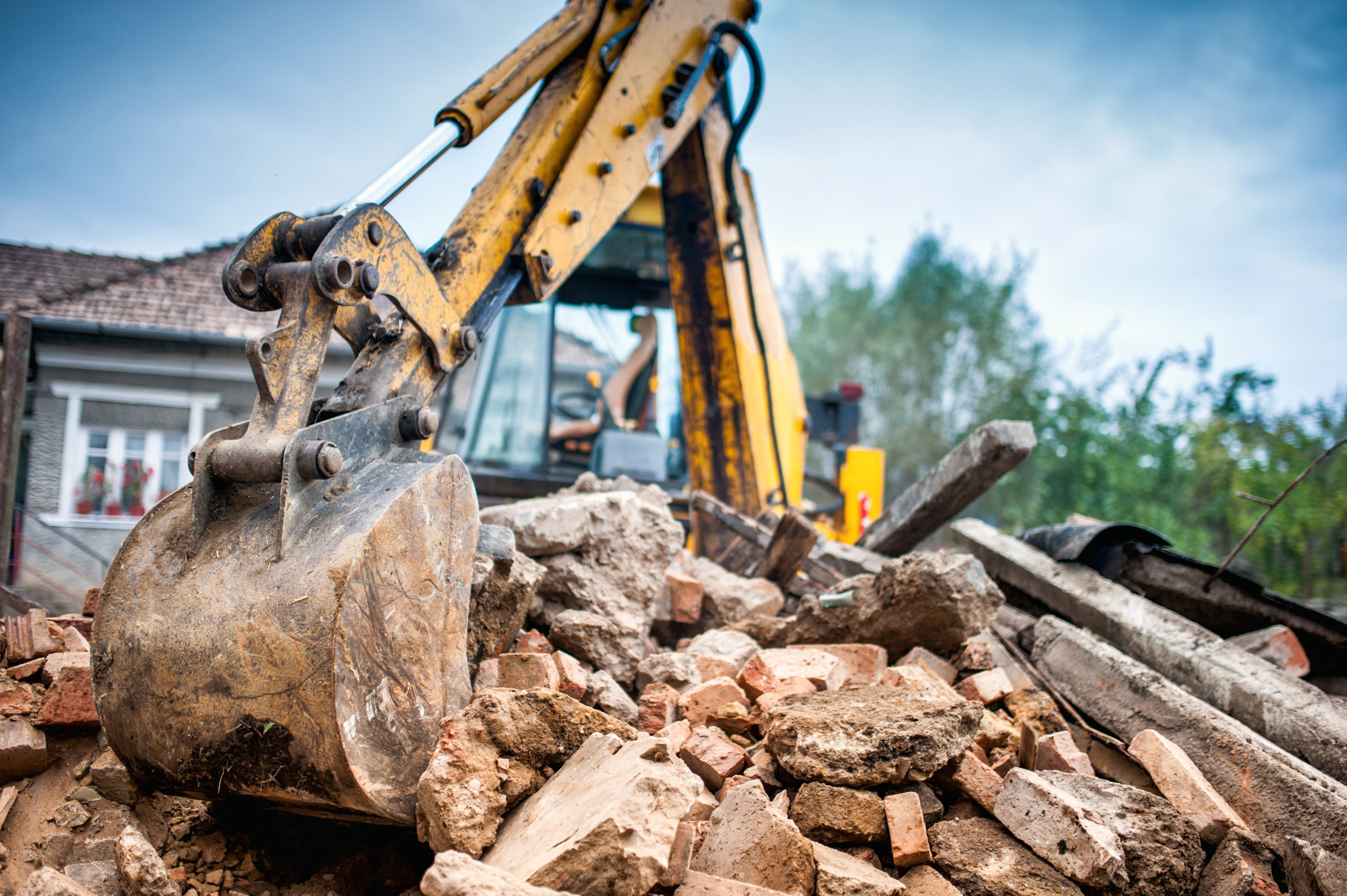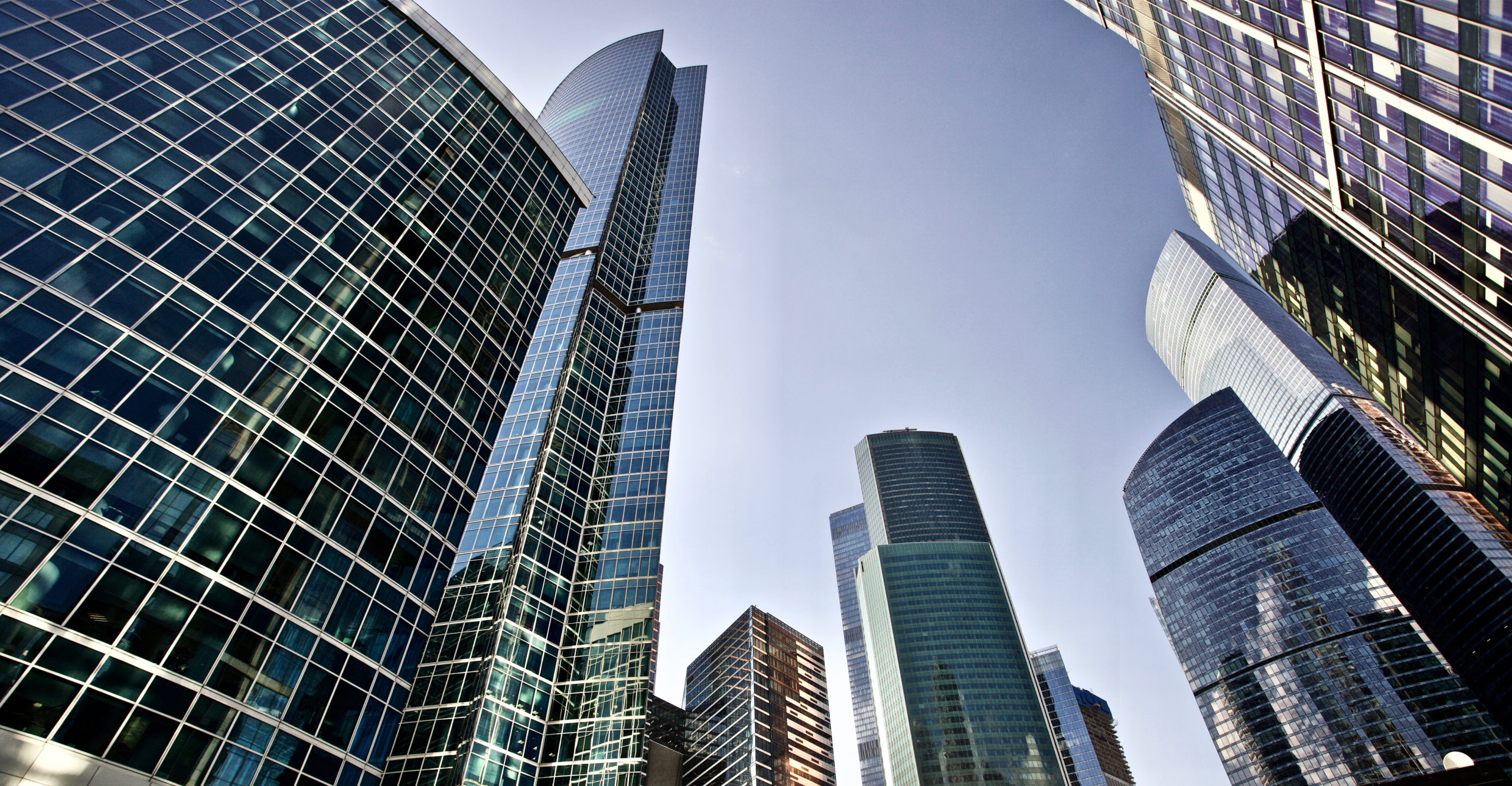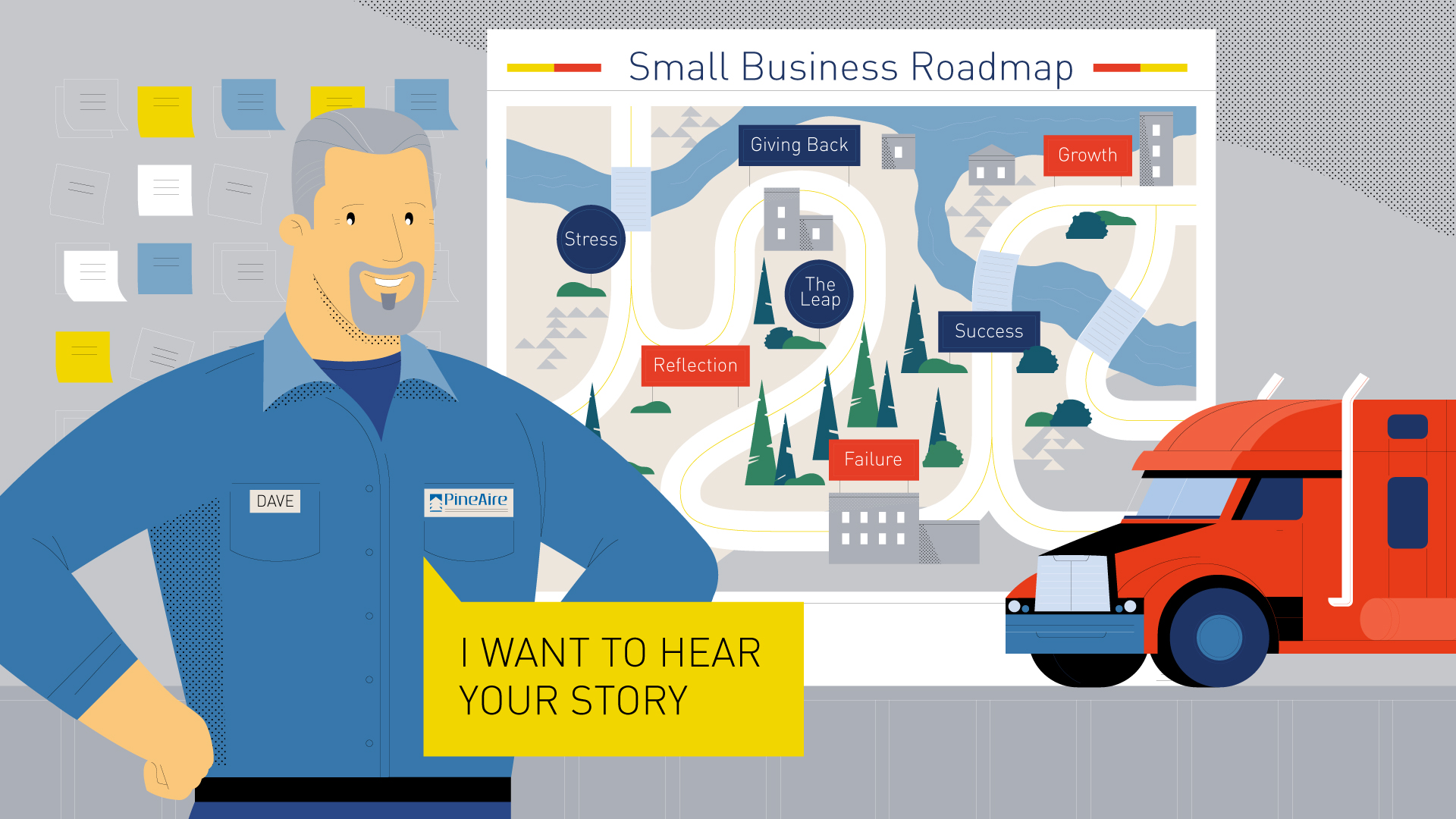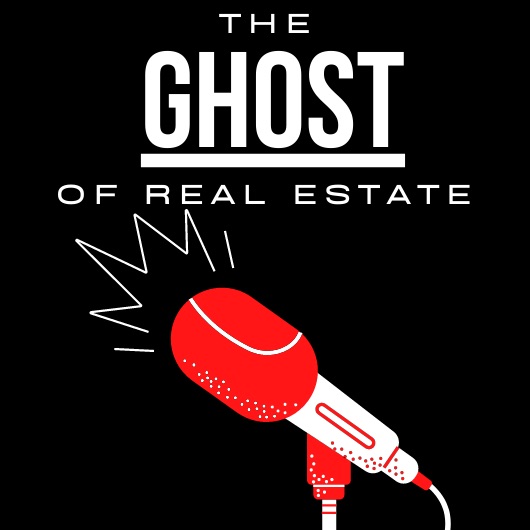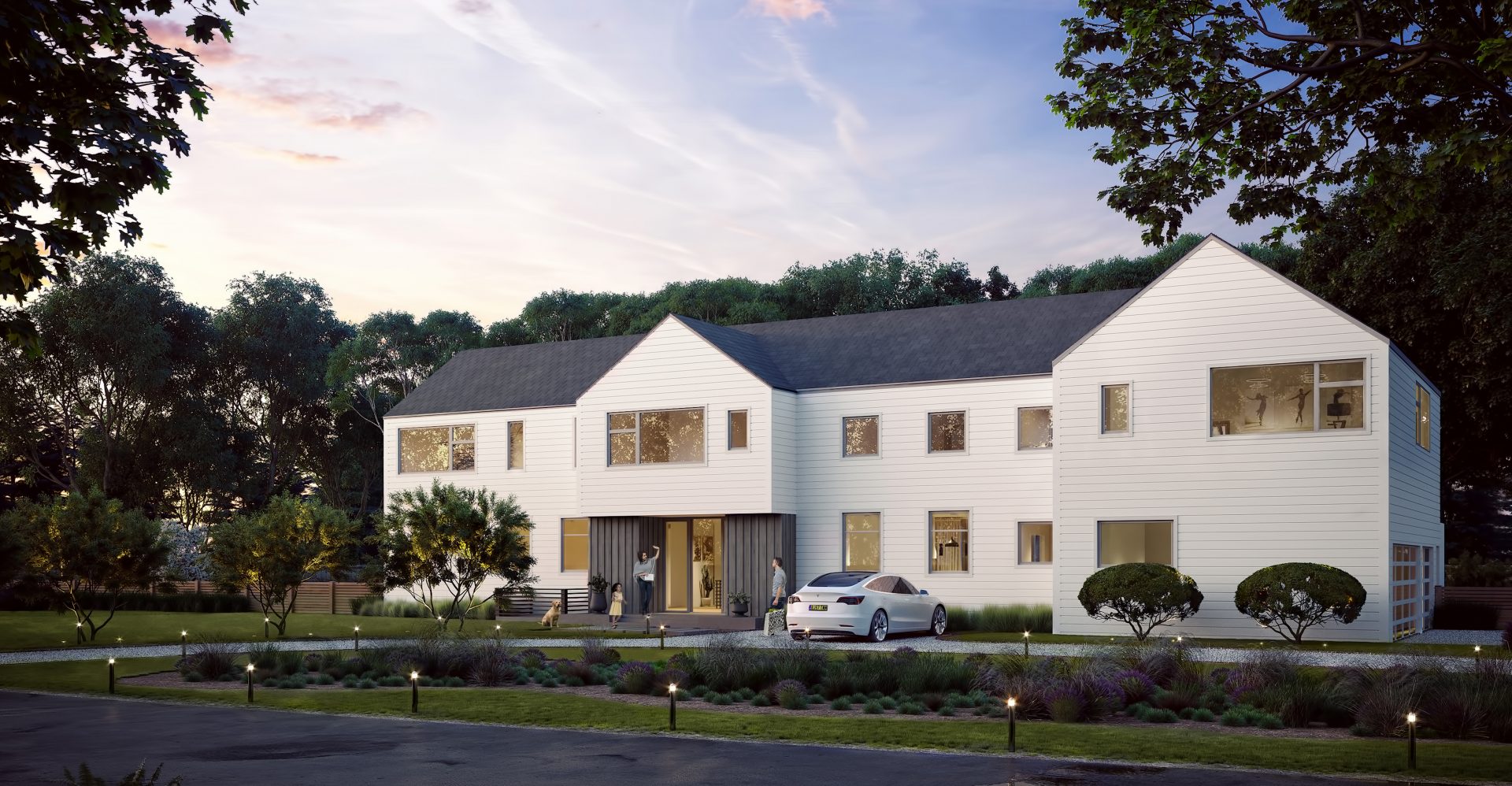
April 2020
4 Min Read
Virtual Reality & Its Application to Real Estate: Part One
The previsualization of real estate spaces has been elevated to new heights over the past decade due to the advancements in photorealistic renderings and animations. Builders, developers, real estate agents, interior designers, marketers, and others have utilized them to showcase what a project will look like prior to the completion of construction.
The result has been an increase in visually compelling marketing materials that have been leveraged to build brands, pre-sell properties, and even gain funding and permitting from government and local municipalities.
The driving force behind it is that we as humans are innately visual. If we can see it, we can believe it and ultimately buy into it. Once renderings/animations became photorealistic they became a highly effective marketing tool. Now that the market has been saturated with photorealistic renderings/animations, one would ask: what is the next frontier in terms of providing viewers with an even more realistic experience of real estate properties?
In my opinion, all directions point to virtual reality. So what exactly is VR? Merriam Webster defines VR as an artificial environment which is experienced through sensory stimuli (such as sights and sounds) provided by a computer and in which one’s actions partially determine what happen in the environment. In other words, VR uses 3d technology to model a complete 360° view of a real estate space so as to provide a fully immersive experience that can be viewed on a VR headset in order to ensure full immersion.
It is important to note the distinction between 360° live tours (such as those built on platforms like Matterport) and VR.
A 360° live tour is constructed using a 360° camera to take several pictures of an actual space. The pictures are then stitched together to create a 360° tour of the entirety of the space. VR has the same 360° experience, but the environment is completely computer generated and created prior to construction being completed, and most importantly immersive.
Below are some of the crucial elements of VR that make its application to real estate spaces highly compelling.
- Believable – The experience must feel real and that you are there. At the core of this is the feeling that you are actually in the space. Over the years, VR technology has progressed to the point where it brings you into the virtual space that you are experiencing in a very believable and realistic way.
- Interactive – Your movements should be matched in real-time i.e. physically walking around in the space.
- Explorable – VR allows for infinite ways that a space can be experienced. This means that people can experience the technology on their own terms. Whereas 360° live tours are often referred to as “fake virtual reality” because it is produced out of pictures that are stitched together. The user cannot experience the space in whatever way they like and are restricted by the view of the static image. On the other hand, a VR experience allows you to walk from room to room and interact with objects in whatever way you would like.
- Immersive – The believability and interactive nature of VR are what make it a truly immersive technology and give it a competitive advantage over traditional 3d renderings/animation. VR offers a 360° view of a space, whereas traditional 3d renderings and animations only show a 180° view of a space.
- Shareable – Easily accessible and shareable via desktop, laptop and mobile devices. A recent advancement has made possible cloud-based, real-time 3d streaming of the experience on desktops, laptops and mobile devices.
In part two, I’ll be sharing some additional benefits that can be applied effectively for the real estate industry including multi-asset creation, product variation, and actionable user analytics.







